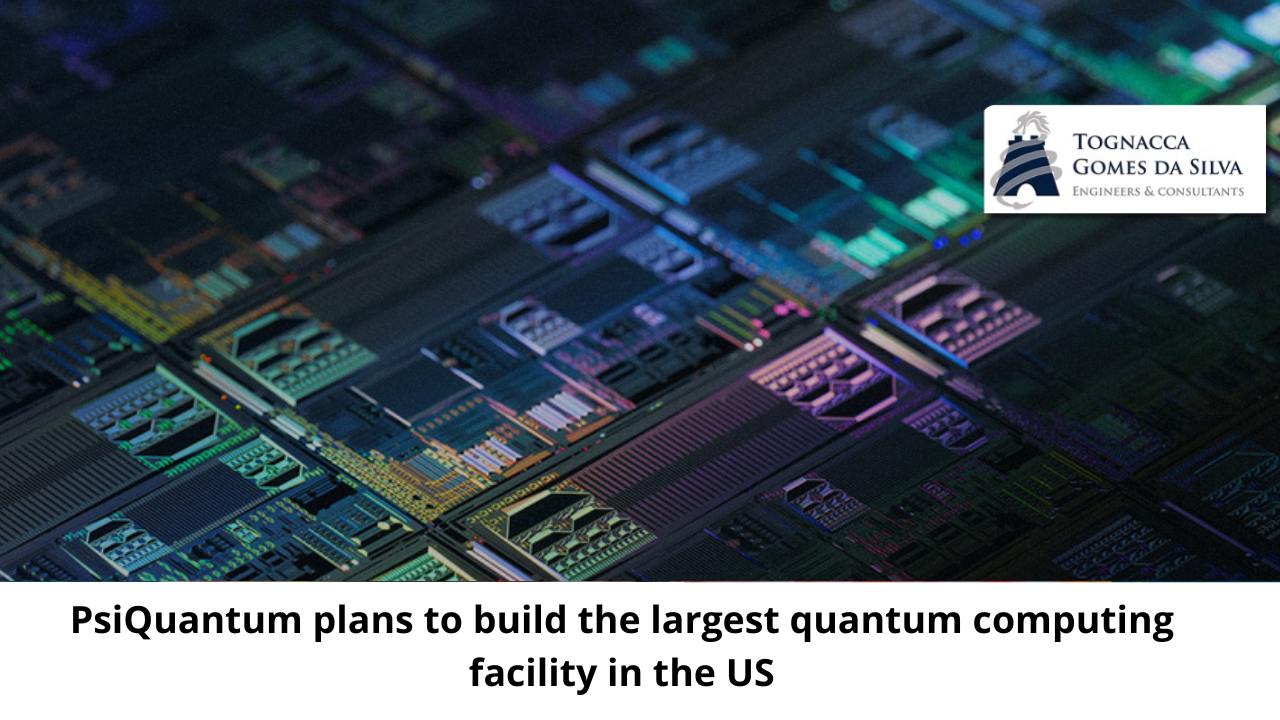Quantum computing company PsiQuantum is partnering with the state of Illinois to build the largest U.S.-based quantum computing facility, the company announced today.
The company, which is based in California, says its goal is to house a quantum computer containing up to 1 million quantum bits, or qubits, within the next 10 years. Right now, the largest quantum computers have about 1,000 qubits.
Quantum computers promise to perform a wide range of tasks, from drug discovery to encryption, at record speeds. Companies are using different approaches to building systems and working hard to scale them up. Both Google and IBM, for example, manufacture qubits with superconducting material. IonQ creates qubits by trapping ions using electromagnetic fields. PsiQuantum is creating qubits from photons.
A major advantage of photonic quantum computing is the ability to operate at higher temperatures than superconducting systems. “Photons don’t feel heat and they don’t feel electromagnetic interference,” says Pete Shadbolt, co-founder and chief scientific officer at PsiQuantum. This imperturbability makes the technology easier and cheaper to test in the laboratory, says Shadbolt.
It also reduces cooling requirements, which should make the technology more energy efficient and easier to scale up. The PsiQuantum computer cannot be operated at room temperature, as it needs superconducting detectors to locate photons and perform error correction. But these sensors only need to be cooled to a few degrees Kelvin, or just under –450ºF. Although this is a frigid temperature, it is still easier to achieve than that needed for superconducting systems, which require cryogenic cooling.
The company chose not to build small-scale quantum computers (like IBM’s Condor, which uses just over 1,100 qubits). Instead, her goal is to manufacture and test what she calls “intermediate systems.” These systems include chips, enclosures, and superconducting photon detectors. PsiQuantum says it targets these larger-scale systems, in part because smaller devices cannot adequately correct errors and operate at a realistic price.
Making smaller-scale systems do useful work has been an area of active research. But “only in the last few years have we seen people wake up to the fact that small systems are not going to be useful,” says Shadbolt. To adequately correct the inevitable errors, he says, “you have to build a large system with about a million qubits.” The approach saves resources, he says, because the company doesn’t spend time putting together smaller systems. However, not using them makes PsiQuantum’s technology difficult to compare with what already exists on the market.
The company will not share details about the exact timeline of the Illinois project, which will include a collaboration with the University of Chicago and several other Illinois universities. The company says it expects to begin construction on a similar facility in Brisbane, Australia, next year, and expects that facility, which will house its own large-scale quantum computer, to be fully operational by 2027. “We expect Chicago to follow the same path in terms of site operability,” the company said in a statement.
“It’s all or nothing [with PsiQuantum], which doesn’t mean it’s invalid,” says Christopher Monroe, a Duke University computer scientist and former IonQ employee. “It’s just difficult to measure progress along the way; Therefore, it is a very risky type of investment.”
There are significant obstacles ahead. Building the infrastructure for this facility, especially the cooling system, will be the slowest and most expensive aspect of construction. And when the facility is finally built, it will be necessary to improve the quantum algorithms running on the computers. Shadbolt says current algorithms are very expensive and resource-intensive.
The complexity of the construction project can seem daunting. “This could be the most complex quantum-optical electronic system humans have ever built, and that’s difficult,” says Shadbolt. “We take comfort in the fact that it looks like a supercomputer or a data center, and we are building it using the same factories, the same contract manufacturers and the same engineers.”
( fonte: MIT Technology Review )



